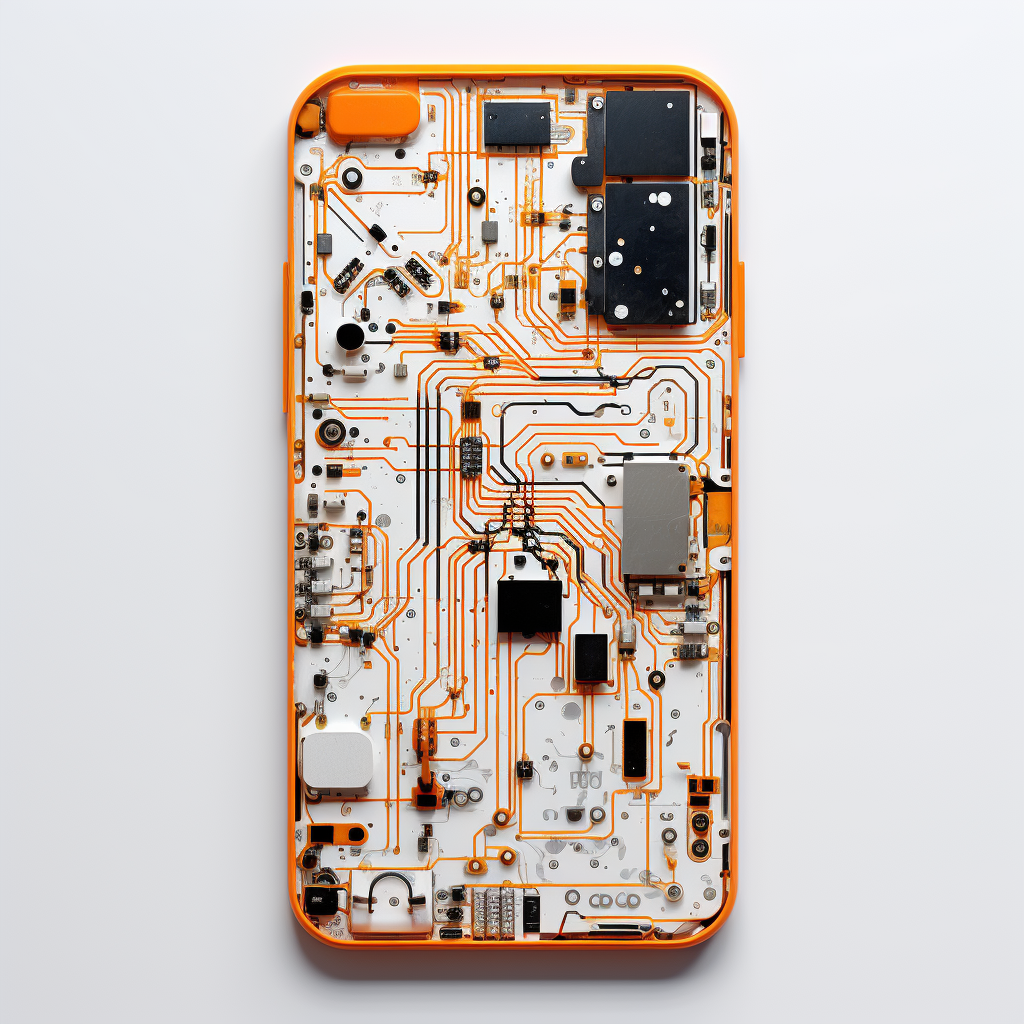
The landscape of modern financial technology is rapidly evolving, with push notifications becoming an indispensable tool in the Strong Customer Authentication (SCA) Regulatory Technical Standards (RTS). While not a standalone solution, when skillfully integrated within two-factor authentication mechanisms, push notifications can significantly enhance security and compliance within digital banking environments.
Leveraging Independence #
The principle of independence asserts itself as a fundamental aspect of SCA-compliant push notifications. Not only does the notification need to be delivered, but it should be delivered to a device that is under the sole ownership and control of the user. This amplifies the element of ‘possession’ in the two-factor authentication mix, adding another dimension to secure financial interactions.
By incorporating device possession as a central part of the SCA compliance process, push notifications elevate the security protocols from simply relying on knowledge-based elements like passwords or PINs. These notifications take on a deeper role in the security apparatus, serving as an exclusive bridge between the banking institution and the user’s personal device.
Dynamic Linking: The Game Changer #
Moreover, the concept of dynamic linking plays a crucial role in SCA-compliant push notifications. With this feature, notifications contain transaction-specific details – whether that’s the transaction amount, beneficiary, or purpose. The beauty of this lies in its specificity – the authentication becomes unique to that transaction, effectively nullifying the potential for reuse in fraudulent schemes.
Bolstering Security with Encryption #
In the realm of compliant push notifications, security and encryption don’t just form a part of the architecture, they form the backbone of it. This is particularly true when it comes to the transmission of these notifications. It is of paramount importance that these messages are transmitted through secure and encrypted channels, reinforcing the security infrastructure against any potential threats.
But what does secure transmission mean in this context? It implies that the information contained within the push notification, which could be the authentication code or data, is sent in a manner that is resistant to unauthorized interception or tampering. It’s akin to sending a highly classified message in a bulletproof, lock-tight carrier that only the intended recipient can open.
The Reliability Quotient #
Reliability and delivery confirmation are essential ingredients in the mix of SCA-compliant push notifications. It is imperative that the notifications are not just dispatched but also successfully delivered to the intended device. This precaution helps to prevent unauthorized redirection or interception, thereby strengthening the overall authentication process.
Compliant Push Notifications: Part of a Bigger Picture #
While the use of push notifications in SCA standards is an effective method, it’s vital to understand that these notifications alone don’t satisfy all SCA requirements. Rather, they serve as one element in a two-factor authentication process. The complementary factor might incorporate knowledge (like a password), inherence (such as biometric authentication – fingerprint or facial recognition), or a tangible hardware token.
Payment service providers must assess the implementation of compliant push notifications against the stipulations of the SCA RTS to ensure full compliance. The ultimate aim here is to strike a balance between stringent security measures and a smooth user experience, thus transforming the realm of online transactions. Baseella had in mind the above considerations from the day one when developing our software, learn more how you could benefit by reading about the features that we have.


